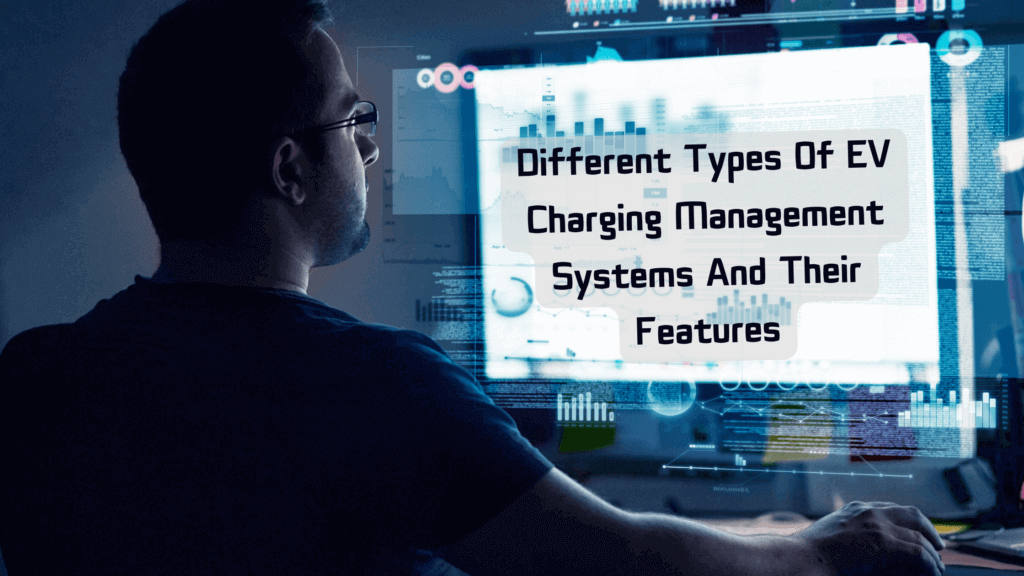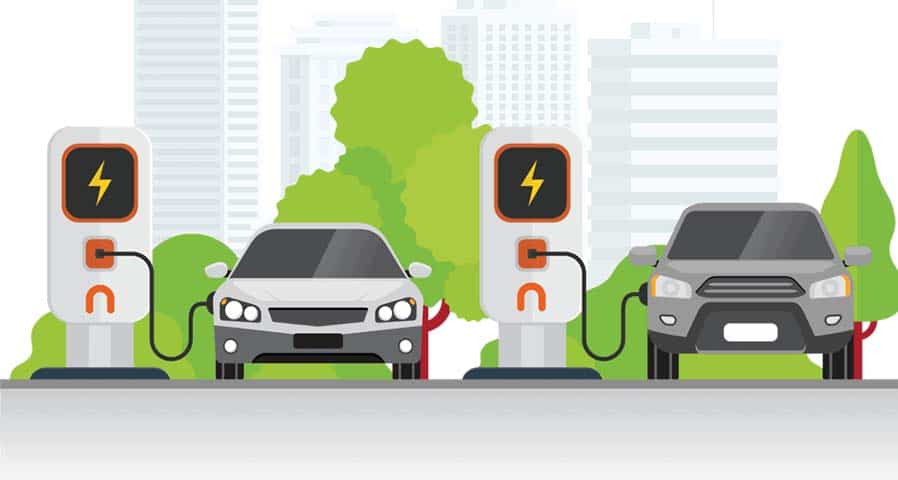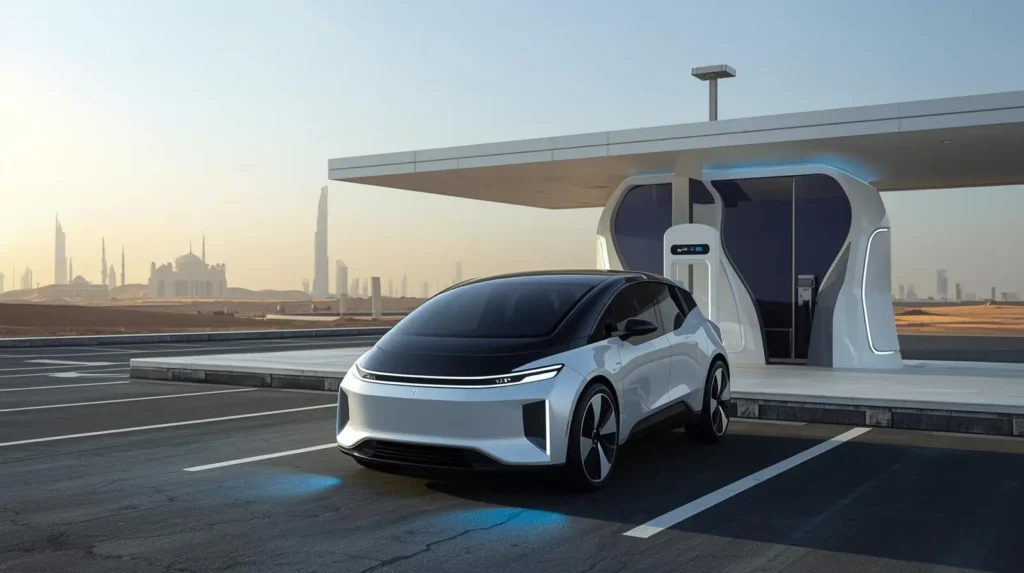
EV charging infrastructure is still developing, and the management of these charging systems is a critical aspect to ensure smooth operation and customer satisfaction. There are different types of EV charging management systems or software, and understanding their features can help stakeholders make informed decisions about which one to choose for their EV charging infrastructure. In this article, we will explore the different types of EV charging management systems and their features.
Types and features of EV charging management systems
1. Smart Charging Management System
A smart charging management system is a type of EV charging management system that is functional to optimize the use of EV charging stations. The software set-up can monitor and manage the charging process of EVs, prioritizing certain vehicles based on factors such as battery level, charging time, and vehicle type.
Features:
- Real-time monitoring of charging station status
- Scheduling of charging sessions
- Prioritization of charging for certain vehicles
- Integration with renewable energy sources
- Monitoring of energy consumption
- User-friendly interface
2. Grid-Integrated Charging Management System

A grid-integrated charging management system is a type of EV charging management system that is operative to integrate with the electric grid. It is set-up with software that can manage the charging process of EVs based on the demand on the grid. It can also adjust the charging rate of EVs based on the availability of renewable energy sources.
Features:
- Integration with the electric grid
- Real-time monitoring of grid demand
- Adjustment of charging rate based on grid demand
- Integration with renewable energy sources
- User-friendly interface
3. Fleet Management System

An ev fleet management system is a type of EV charging management system that is designed for organizations that have a fleet of EVs. It is equipped with software that can manage the charging process of all the vehicles in the fleet. It can also monitor the location of the vehicles, their battery levels, and their charging status.
Features:
- Real-time monitoring of vehicle location
- Scheduling of charging sessions
- Prioritization of charging for certain vehicles
- Monitoring of battery levels
- User-friendly interface
4. Residential Charging Management System

A residential charging management system is a type of EV charging management system that is designed for use in homes. It is equipped with software that can manage the charging process of EVs in a residential setting. It can also monitor the energy consumption of the home and adjust the charging rate of the EV based on the availability of renewable energy sources.
Features:
- Real-time monitoring of energy consumption
- Scheduling of charging sessions
- Adjustment of charging rate based on renewable energy availability
- User-friendly interface
5. Public Charging Management System

A public charging management system is a type of EV charging management system that is designed for use in public locations such as shopping centers, parking garages, and airports. It is equipped with software that can manage the charging process of EVs in a public setting. It can also provide real-time information on the availability of charging stations and their charging status.
Features:
- Real-time monitoring of charging station availability and status
- Scheduling of charging sessions
- Integration with payment systems
- User-friendly interface
Read More – Top 10 EV Charging Software Companies in 2024
Conclusion to features and types of EV Charging Management Systems
In conclusion, the development of EV charging infrastructure is essential for the widespread adoption of electric vehicles. EV charging management systems play a vital role in the efficient and reliable operation of charging stations, ensuring customer satisfaction and a seamless charging experience. Understanding the different types of EV charging management systems and their features is crucial for stakeholders to make informed decisions about which one to implement. By considering factors such as charging capacity, communication protocols, and user interface, stakeholders can select a system that meets their specific needs and provides the best experience for their customers.



